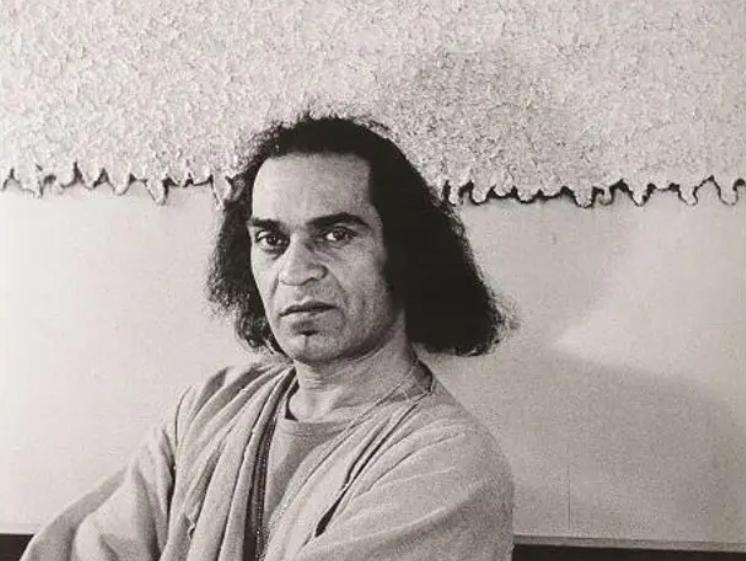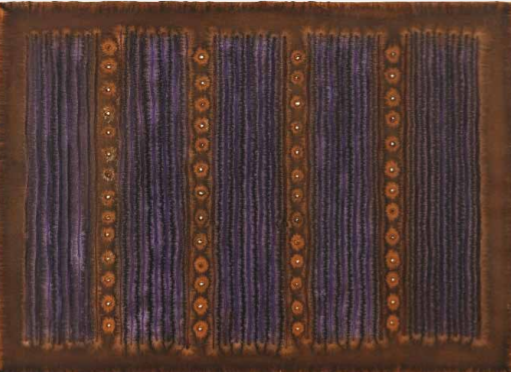
SOHAN QADRI
Sohan Qadri approached painting as a form of yogic discipline, an act of concentrated stillness shaped by repetition, breath, and surrender. His works are not simply objects to be viewed but experiences to be entered. Rhythmic, radiant, and deeply symbolic, they emerged from a lifelong engagement with Tantric philosophy and Eastern mysticism. His compositions pulse with energy yet maintain an unwavering sense of order, shaped by a process that was as ritualistic as it was artistic.
He developed a distinctive technique in which thick handmade paper was soaked in liquid to release its fibers. Once softened, he meticulously incised, carved, and pierced the surface before applying layer upon layer of vibrant dye. The physical act of making became inseparable from the spiritual state required to create, meditative, patient, and focused. Colour moved beyond the decorative or expressive, becoming a carrier of vibration. Forms appeared not as representation but as resonance: portals, mandalas, ripples, each inviting contemplation. Francis Newton Souza called him the “Tantric yogi artist,” a term that captured both his ascetic intensity and his deep immersion in Tantric visual traditions. Formally trained with a Master’s degree from the Government College of Art in Simla, Qadri soon moved beyond conventional boundaries. Beginning in 1965, his travels took him through Paris, Zurich, East Africa, and eventually to North America, where he settled in Copenhagen and later Toronto. These movements across geographies and philosophies informed a language that was both rooted and transcultural, melding the geometry of Tantra with the purity of Western minimalism.
His work has been shown in over a hundred solo and group exhibitions, spanning continents and cultures. Institutions such as the Rubin Museum of Art in New York, the Peabody Essex Museum in Massachusetts, and the National Gallery of Modern Art in New Delhi hold his pieces in their collections. Yet his legacy goes beyond museums. It lies in the silent charge his works carry, in the way they seem to breathe, to hum, to remain alive even in stillness. Sohan Qadri died in Toronto in 2011, leaving behind a singular body of work that continues to resonate. He forged a path few dared to walk, balancing the ascetic and the aesthetic, the timeless and the tactile, in a way that continues to draw seekers as much as viewers.



